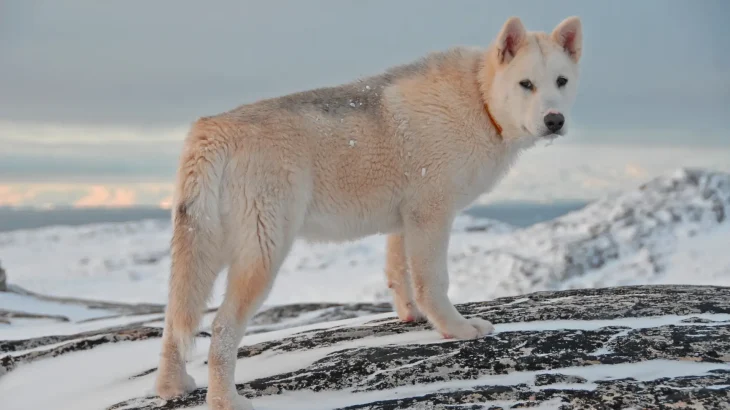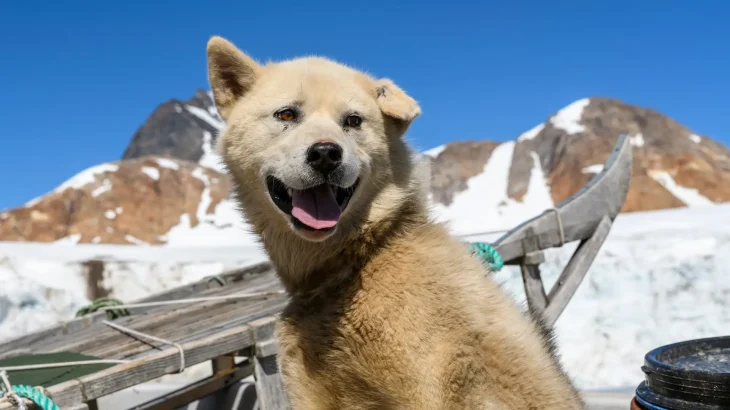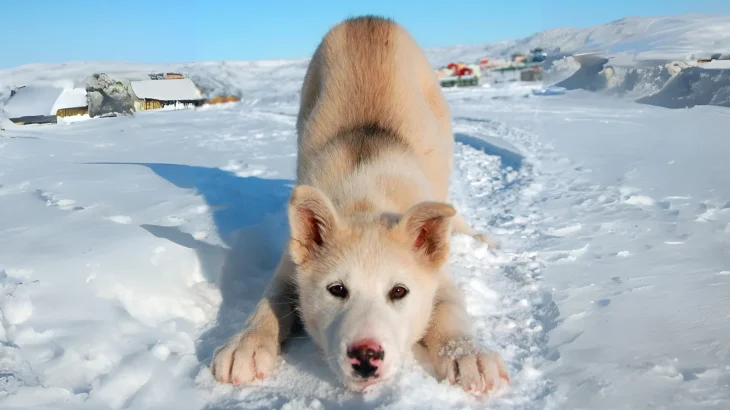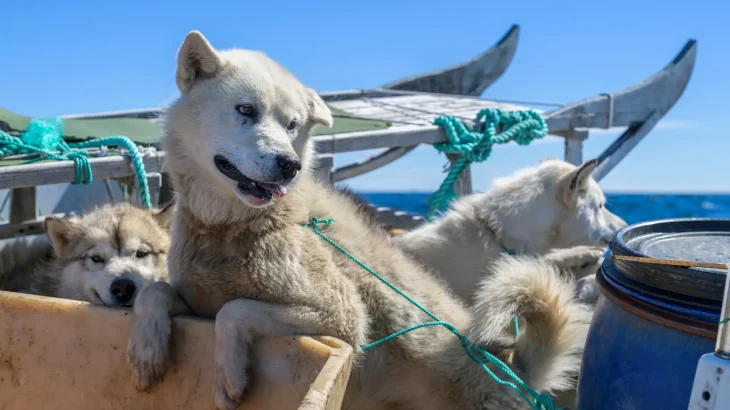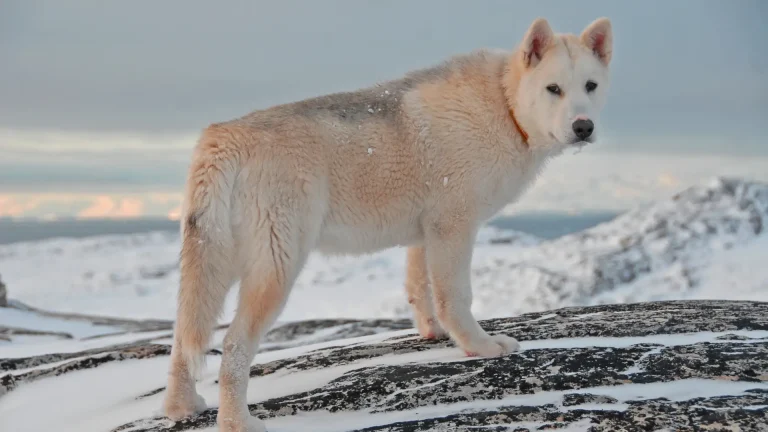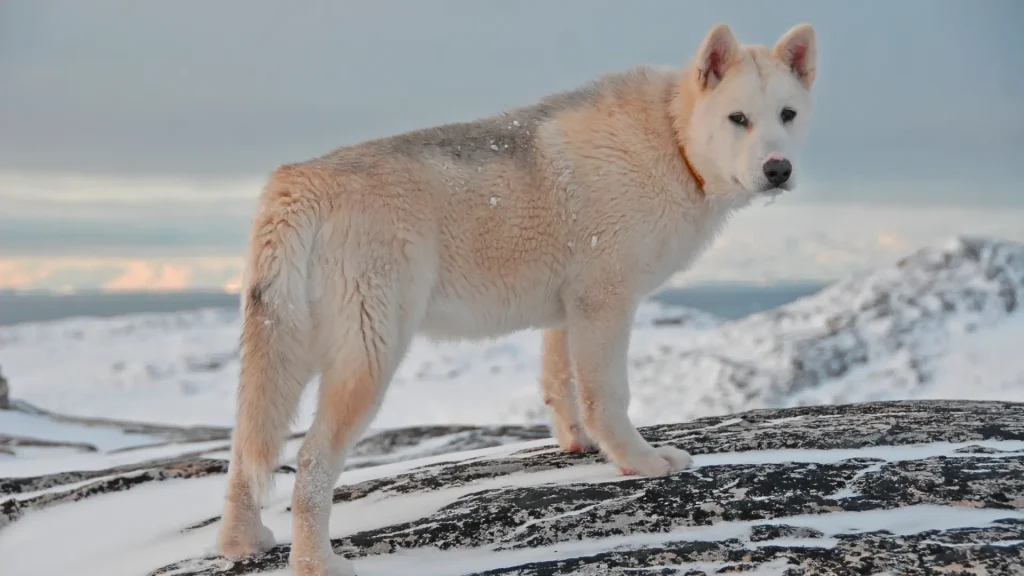When deciding whether to bring a Greenland Dog puppy into your life, you might weigh the benefits of adopting versus buying from a breeder. Adoption offers the chance to give a home to a dog in need, while purchasing from a reputable breeder can provide more certainty about the puppy's background and lineage.
Adoption vs. Breeder: Pros & Cons
| Criteria | Buying from Breeder | Adopting from Shelter/Rescue |
|---|---|---|
| Cost | Usually higher initial cost due to purebred status and breeder investment. | Lower adoption fees, often less expensive than buying from breeders. |
| Health History | Detailed health records and screening for genetic disorders typically available. | Health history may be incomplete or unknown; basic health checks are usually performed. |
| Age Availability | Primarily puppies, allowing for early socialization and training. | Variety of ages, including adult dogs who may already have some training. |
| Temperament Insight | Breeders can share info about parents' temperaments and breed traits. | Shelter staff share observations, but full behavioral history can be limited. |
| Ethical Considerations | Supports responsible breeding when choosing ethical breeders; beware of puppy mills. | Provides a second chance to dogs in need; helps reduce shelter populations. |
| Breed Purity & Pedigree | Certificate of pedigree and breed purity usually provided. | Breed purity might be unclear or mixed; often less emphasis on pedigree. |

